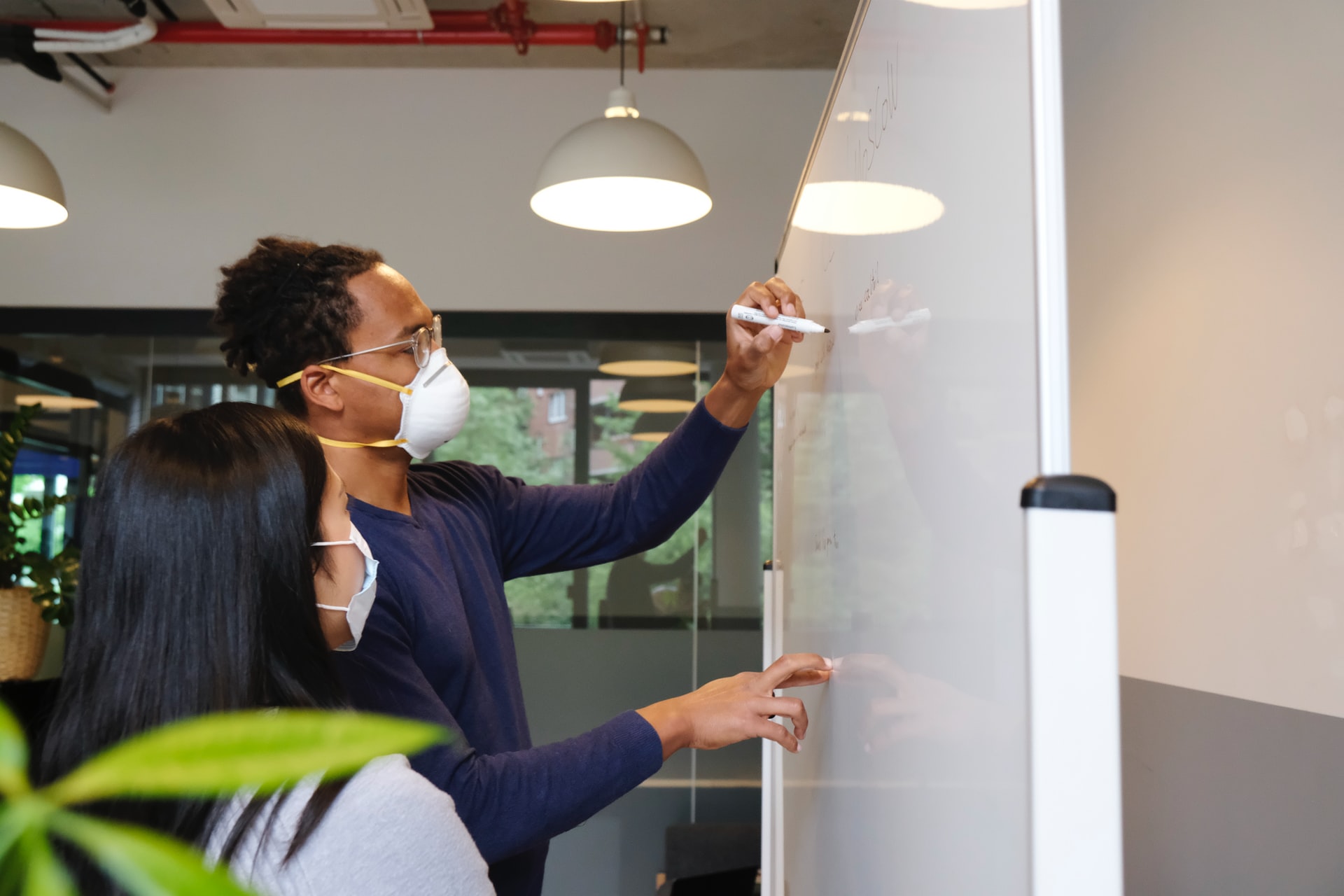Four Ways to Retain Employees During a Global Crisis

While many companies are in protection mode and looking to be lean, that means they also have limited functionality. In lean times, the same amount of work needs to be completed but with fewer employees – everyone has too much on their plate. Employees are overworked, they get burned out, and then they start to look for other options.
While many companies are in protection mode and looking to be lean, that means they also have limited functionality. In lean times, the same amount of work needs to be completed but with fewer employees – everyone has too much on their plate. Employees are overworked, they get burned out, and then they start to look for other options.
Of course, some employees will stick around through thick and thin, especially those who are from the generations that believed in finding a job that would last you until retirement. But the newer generations don’t think that way anymore.
Specifically, the millennials will care about you if you care about them. These top candidates are tech savvy and resourceful, and they are tired of business as usual.
They know that companies view them as expendable, so they will give priority to their own needs – rather than their organization’s – and leave jobs that don’t align with their priorities. Which means they have their eyes and ears open to other opportunities.
How will you keep their talent in your organization and foster their growth?
Realize that your priorities DO align with those of your employees, no matter the generation they fall under. If you can show your employees that you care about them and their well being, especially during a time of crisis like the one we’re experiencing now, they will stay.
————————————————————————————————————————-
Here are the four biggest things that will help you retain your top talent:
1. Create a culture of community
Alliteration aside, your employees, at the end of the day, want to feel like they belong to a community.
On a good day, this means encouraging employees to mingle with each other, especially outside of work. Sponsoring a bowling night or hosting a happy hour, for example.
On a COVID-19 day, this means supporting your employees virtually and coming up with creative ways to do so. Bringing your team together and communicating more than ever can make or break morale.
Host a virtual happy hour for your team or plan a Zoom karaoke night. Keep your employees engaged on a fun, familial level. If you’re an HR manager in a larger company, think about ways to keep your employees connected to each other on every scall – small, medium, and large
2. Communication, communication, communication
Yes, there’s a theme to this article. Communication is key. During times of stress and upheaval, consistent, timely communication with your employees will make all the difference.
Difficult decisions must be made, but if you let your employees in on those decisions and the reasoning behind them, you can make the change that much easier to bear.
It doesn’t take much to do, either, even virtually. Send email updates, fast-track an issue of the company newsletter, release a weekly video update, host a live, virtual town hall, or broadcast a webinar to the whole company. Whatever it takes – let your employees know what’s going on and that you’re here with them.
3. Survey the (emotional) landscape
Communication goes both ways. If you want to be an effective company during this crisis, you have to ask your employees to let you know what’s working – and what isn’t.
Ask them for honest feedback on all levels – practical, rhetorical, emotional, and beyond. If you know what the pain points are, you’ll be more able to address them. That, too, is the key: to actually make the changes once you’ve identified the problem.
If you ask for feedback and then do nothing with it, you’ve broken trust with your employees. Now, more than ever, we all need stability. That comes with trust.
Communication is a two-way street, after all.
4. Provide the appropriate resources
Everyone is spread a bit thin right now, that’s true. Sometimes we all just need a little help from our friends. Right now, your employees need your help.
If you’ve communicated properly, you might have an idea of what they need help with. But in general, there are a few key areas to think about first:
Emotional resiliency and well-being – this will help your employees find the stability they seek, both at work and at home. There are a lot of resources out there that can be shared with your employees, such as mindfulness practices and access to mental healthcare.
Financial well-being – this can be things like providing education on how to maintain your existing financial resources, as well as finding new ones. In a larger company, it could be creating an employee relief fund or providing access to an existing one. In a smaller one, it could be connecting employees with outside sources, especially those expanded by local and federal governments.
Personal development – continuing to foster employee engagement in the workplace is vital. Employee retention depends on it. Continuing to provide upward mobility, leadership training and mentoring, and other programs within the company are of the utmost importance. While the bottom line might be stagnant, no one wants their career to be.
————————————————————————————————————————-
We all spend more time at work than we do at home. It’s important that the workplace be a supportive community – we’re all in this together. That idea, more than anything, will help keep your top talent with you through the tough times. Whatever you can do to show your employees that you care – do it.
